In the Philippines, rice isn’t just a dietary staple; it’s an integral part of the cultural, social, and emotional landscape.
Imagine lush terraced landscapes carved with meticulous care, nestled among mountains and valleys – the living testament to the ancient wisdom of rice cultivation. Picture the rhythmic dance of farmers planting seedlings in symphony with nature’s cycles, an age-old ritual that still echoes in the fields today. Envision communities coming alive during vibrant festivals, as rice becomes the canvas for intricate artistry, a tangible representation of gratitude for the earth’s bounty.
The significance of rice isn’t confined to the confines of the dining table; it extends far beyond. It embodies a history that predates modern boundaries, an artistry that fuses culinary techniques passed down through generations, and a wisdom that understands the delicate balance between humans and their environment. Beyond being a source of sustenance, rice acts as a bridge that connects people with their roots, their communities, and the larger tapestry of Filipino heritage.
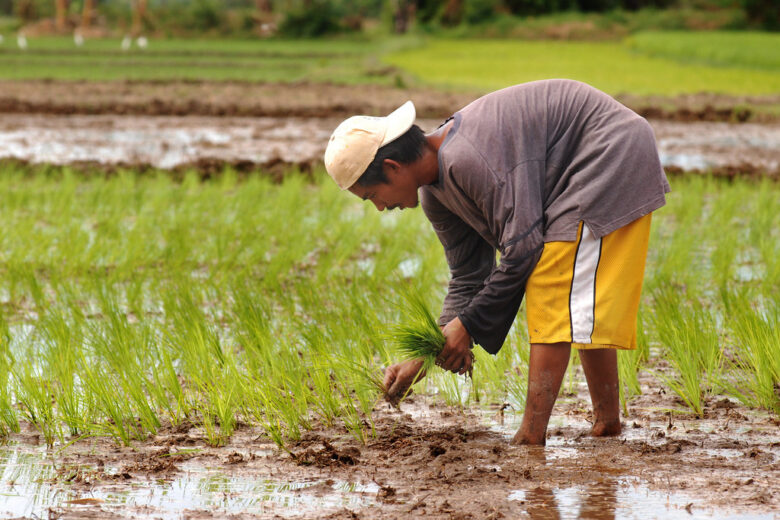
Source: shopgirljen.com
Contents
A Grain Steeped in History: The Roots of Rice in the Philippines
To comprehend the essence of rice in Filipino cuisine, we must delve into the annals of history where the story of rice intertwines with the very genesis of the Philippines. Indigenous communities, with their deep understanding of the land, sowed the seeds of rice varieties that would evolve into a cultural legacy. The iconic Banaue Rice Terraces stand as a testament to the engineering prowess and agricultural expertise of ancient Filipinos, illustrating the profound harmony they maintained with the environment.
This history isn’t just etched in soil; it’s etched in the collective memory of the Filipino people. Each grain of rice is imbued with the hard work, patience, and reverence of those who toiled under the sun to nurture this crop. The rituals and practices of planting and harvesting have been passed down from generation to generation, ensuring that the bond between rice and culture remains unbroken. As we explore further, we uncover the layers of heritage embedded in every meal and realise that every plate of rice carries the weight of history and the promise of tomorrow.
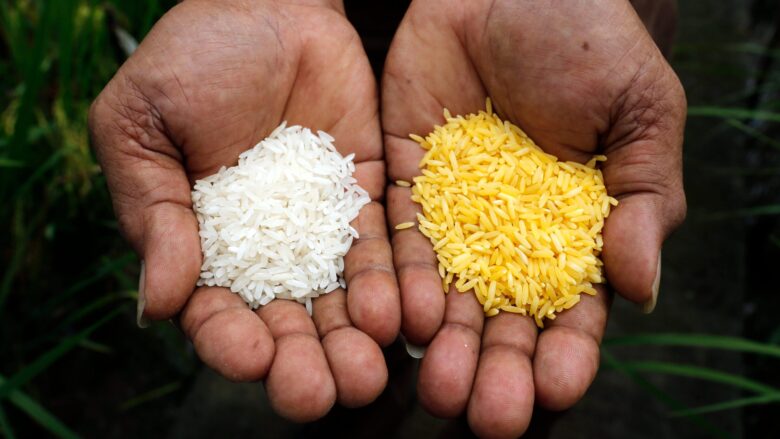
Source: shopgirljen.com
Rituals and Rhythms: The Cultural Cadence of Rice
The beating heart of the Philippines echoes in the rhythms of rice-related rituals, a harmonious symphony that reverberates across the nation. The planting season blooms with rituals that celebrate the synergy between human effort and natural cycles. “Tinungbo,” a Cordilleran ritual, blesses the seeds before planting, cementing the belief that the spirits must be appeased for a bountiful harvest.
Harvest festivals, like the “Pahiyas Festival,” transform towns into canvases of vibrant rice-based art, a tribute to the generosity of nature and the perseverance of farmers. These celebrations are more than mere events; they are bridges connecting the present with an ancient past, where gratitude and community intertwine.
Through these rituals, rice becomes a vessel that carries not just sustenance but also stories. It holds the intangible essence of a people who recognise their interdependence with the land, their ancestors, and their future generations. This cultural cadence serves as a reminder that every grain of rice is a note in the symphony of Filipino life.
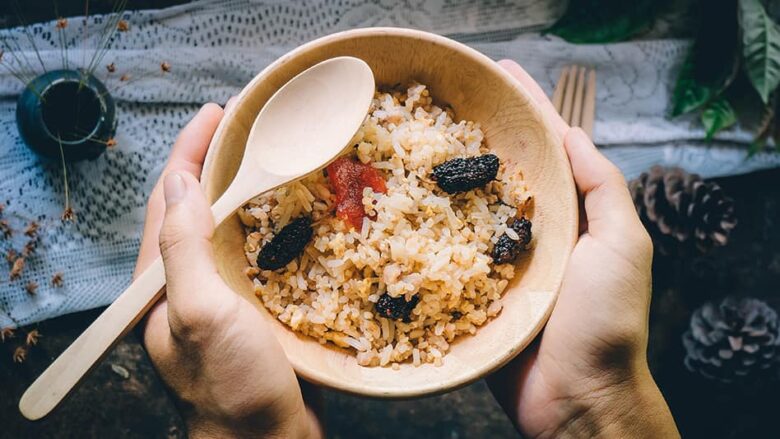
Source: gffoodservice.com.au
Traditional Rice Dishes
The Filipino kitchen isn’t just a place of culinary creations; it’s an arena where tradition and innovation engage in a harmonious dance. Each dish is a chapter in the story of Filipino culture, and rice takes centre stage as the canvas for these narratives.
Imagine indulging in “Kare-Kare,” a delectable stew rich in history, where the tender meat and vegetables are immersed in a sauce made from ground rice and peanut butter, creating a velvety texture that speaks of centuries of refinement. “Bibingka,” a sweet rice cake traditionally enjoyed during Christmas, marries the warmth of rice flour, coconut milk, and eggs, creating a symphony of flavours that echoes festive cheer.
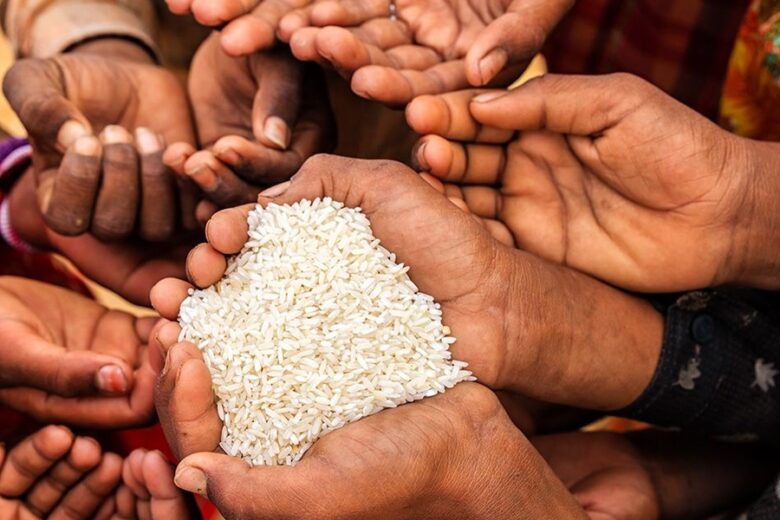
Source: news.mit.edu
Beyond Sustenance: Rice as a Symbol of Unity
The table is a sacred space where families gather, stories are shared, and laughter reverberates. “Boodle Fight,” a tradition where an array of dishes is laid on banana leaves and enjoyed with bare hands, exemplifies this sense of unity. It erases hierarchies, promoting shared enjoyment and highlighting the democratic spirit deeply ingrained in Filipino culture.
This unity extends beyond the confines of the family home. It extends to communities, where rice fosters bonds among neighbours and friends. The “Bayanihan” spirit, where everyone pitches in to help, finds its embodiment in the rice fields during planting and harvest seasons.
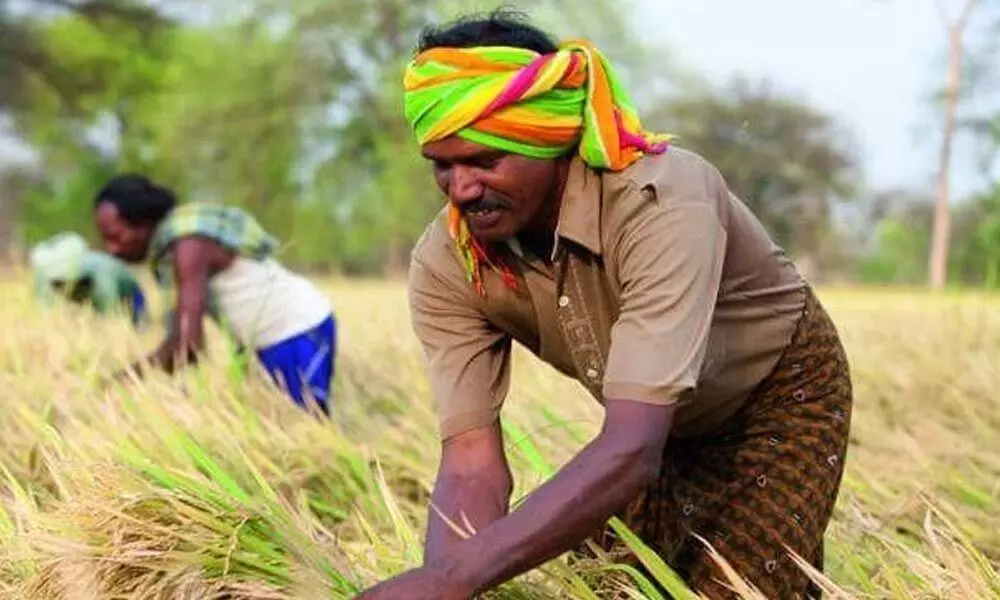
Source: thehansindia.com
Challenges in the Modern Landscape: Adapting Rice to Changing Lifestyles
While rice has been the cornerstone of Filipino diets for generations, the modern era brings new challenges. Urbanization, changing dietary preferences, and fast-paced living have introduced shifts in eating habits. Influences from global cuisines and the allure of convenience foods are reshaping the culinary landscape. As Filipino youth explore a broader range of foods, questions arise about preserving culinary heritage while embracing culinary innovation.
Sustainability and the Future
The future of rice in the Philippines intertwines with sustainability concerns. Balancing the country’s rich agricultural heritage with modern environmental challenges is crucial. Initiatives like “Save the Ifugao Rice Terraces Movement” spotlight the importance of preserving traditional rice-growing practices that are not only environmentally friendly but also culturally significant. As the Philippines strives for food security, conversations around responsible rice production and mindful consumption grow louder.
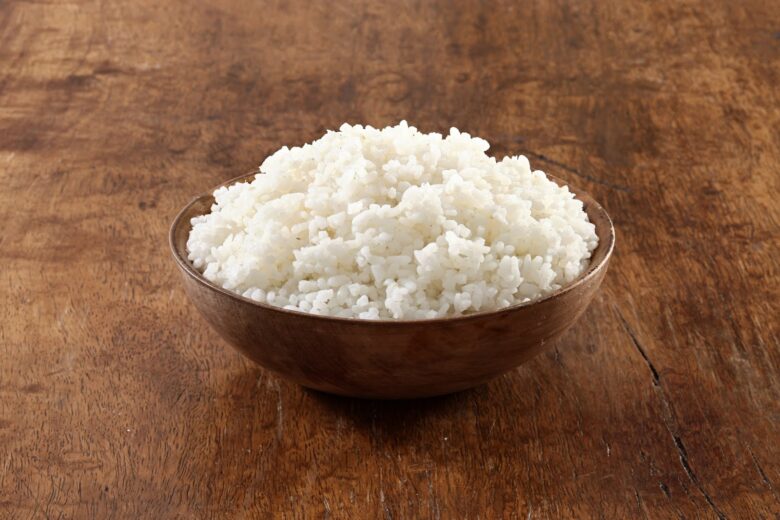
Source: shopgirljen.com
Conclusion
While rice has been the cornerstone of Filipino diets for generations, the modern era brings new challenges to its enduring reign. Urbanization, evolving dietary preferences, and the influence of global food trends are reshaping the culinary landscape. Younger generations, exposed to a myriad of international cuisines, are incorporating diverse foods into their diets.
As this culinary evolution unfolds, questions emerge about the preservation of cultural heritage. How does a nation retain its identity while embracing the exciting possibilities of the global culinary scene? How can traditional rice-based dishes find their place in a world where fast-food chains and convenience meals hold sway?
In the midst of a rapidly changing world, the constant presence of rice in Filipino meals offers a reassuring anchor to the past and a bridge to the future. Its significance goes beyond the nutritional aspect, embracing the emotional, cultural, and social realms. Every grain of rice embodies stories of ancestors, unites families, and celebrates diversity. As we journey away from these words, let us carry with us the awareness that a plate of rice is more than sustenance; it’s a connection to a vibrant past and a promising future, a humble grain that binds a nation together.
